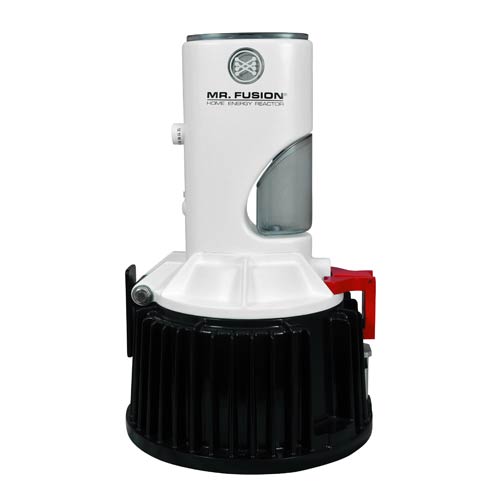Scientists in Germany Switch on Nuclear Fusion Experiment
Source: Associated Press
Scientists in Germany have switched on an experiment they hope will advance the quest for nuclear fusion, considered a clean and safe form of nuclear power.
German Chancellor Angela Merkel, a physicist herself, pushed the button Wednesday to inject a tiny amount of hydrogen into the Wendelstein 7-X device at the Max Planck Institute for Plasma Physics in Greifswald.
A massive microwave array then heated up the hydrogen, turning it into a super-hot gas known as plasma similar to that found in the sun.
The Greifswald device won't generate energy but instead test a technology that may be used to hold plasma in place in future reactors.
<snip - not much more>
Read more: http://www.nytimes.com/aponline/2016/02/03/world/europe/ap-eu-nuclear-fusion.html?_r=0
bananas
(27,509 posts)Longer article with more information, but before Merkel pushed the button.
Nuclear fusion: German scientists to try and take massive step towards clean source of energy
Frank Jordans
5 hours ago
<snip>
The team in Greifswald, a port city on Germany's Baltic coast, is focused on a rival technology invented by the American physicist Lyman Spitzer in 1950. Called a stellarator, the device has the same doughnut shape as a tokamak but uses a complicated system of magnetic coils to achieve the same result.
The Greifswald device should be able to keep plasma in place for much longer than a tokamak, said Thomas Klinger, who heads the project.
"The stellarator is much calmer," he said in a telephone interview. "It's far harder to build, but easier to operate."
Known as the Wendelstein 7-X stellarator, or W7-X, the 400-million-euro ($435-million) device was first fired up in December using helium, which is easier to heat. Helium also has the advantage of "cleaning" any minute dirt particles left behind during the construction of the device.
<snip>
SoLeftIAmRight
(4,883 posts)fusion is still 20 years away...
and will always be that way
bananas
(27,509 posts)PPPL Collaborators Congratulate Team at Wendelstein 7-X Fusion Reactor
Released: 2-Feb-2016 4:05 PM EST
Source Newsroom: Princeton Plasma Physics Laboratory
Newswise — Scientists at the U.S. Department of Energy’s Princeton Plasma Physics Laboratory (PPPL), who collaborate with the Max Planck Institute in Germany on the Wendelstein 7-X (W7-X) fusion energy reactor, congratulated the team for starting its scientific investigations on fusion energy by producing its first hydrogen plasma on Feb. 3. Hydrogen will provide the fuel necessary to create the energy in an eventual power plant.
“We’re delighted that W7-X is online,” said Stewart Prager, director of the PPPL. “This truly is a significant achievement. It is a unique experiment in the world, the largest and most advanced fusion stellarator design in the world.”
Prager said that the data from the W7-X will help inform the roadmap to achieving fusion power plants. “This is a frontier experiment entering new terrain in an area that’s never been looked at before. It should be immensely useful.”
Hutch Neilson, head of Advanced Projects at PPPL and the coordinator of the U.S. collaboration, was at the fusion reactor for the event along with PPPL physicists Sam Lazerson and Novimir Pablant, and Princeton University Vice President for PPPL Stewart Smith, as well as Ed Synakowski, DOE Associate Director of Science for Fusion Energy Sciences. German Chancellor Angela Merkel was an invited guest. “This is extremely important and we are fortunate to be a part of it,” Neilson said. “They are a wonderful partner.”
David Gates, a PPPL physicist and stellarators physics leader, was equally enthusiastic. “We’re talking about creating a state that’s never been created on Earth,” he said of fusion energy. “We are all really looking forward to these results, and it’s very exciting to bring this machine online.”
<snip>
ghostsinthemachine
(3,569 posts)Band name.
Spitfire of ATJ
(32,723 posts)